2025 Top Industrial HVAC Units: Enhance Efficiency with 15% Energy Savings
As industries strive for greater energy efficiency and sustainability, the focus on industrial HVAC units has become paramount. According to expert James Reynolds, a leading authority in the HVAC sector, "Investing in advanced industrial HVAC units not only reduces operational costs but also significantly contributes to a greener environment." This statement underscores the critical role that these systems play in modern industrial settings.
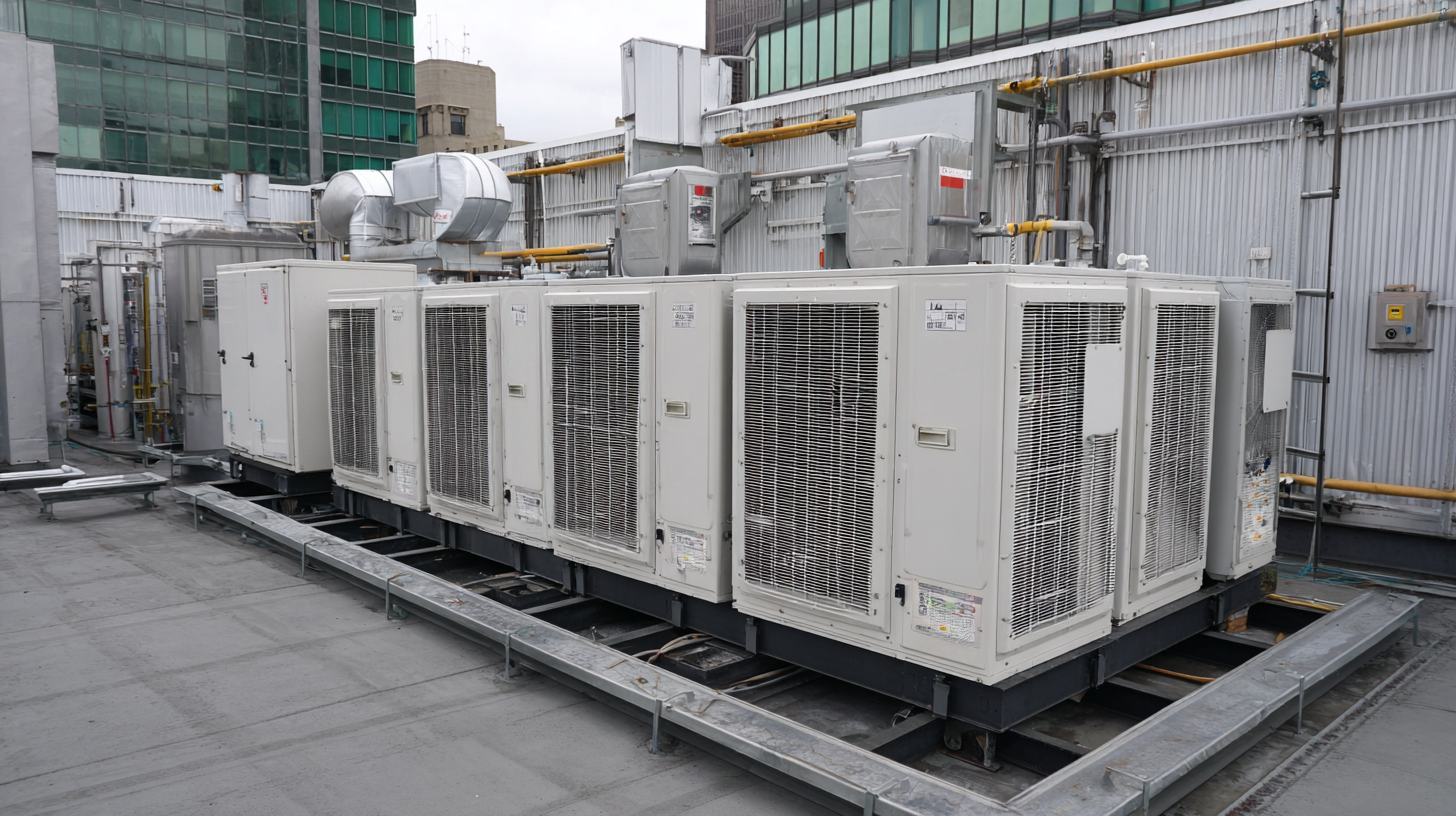
The upcoming advancements slated for 2025 promise to revolutionize the way industrial HVAC units are designed and operated. With projected energy savings of up to 15%, these innovations will enable businesses to enhance productivity while being mindful of their ecological footprint. Companies that adapt to these changes are not just future-proofing their operations; they are also taking a significant step towards corporate responsibility.
In this rapidly evolving landscape, understanding the benefits and functionalities of industrial HVAC units becomes essential for decision-makers. As we explore the top options available in 2025, it is crucial to highlight how these systems not only achieve energy savings but also promote overall operational efficiency and environmental stewardship.
Innovative Features of 2025 Top Industrial HVAC Units for Energy Efficiency
The 2025 Top Industrial HVAC Units are transforming energy efficiency with their innovative features designed to achieve up to 15% energy savings. These units incorporate advanced technologies such as variable refrigerant flow (VRF) systems, which adjust the system's output based on real-time demand, optimizing performance while minimizing energy consumption. Additionally, enhanced smart controls offer real-time monitoring and automated adjustments, making it easier for facilities to maintain ideal temperatures without unnecessary energy expenditure.
Tips for enhancing the efficiency of your HVAC system include regular maintenance to ensure all components are functioning properly and scheduling seasonal inspections for preventative care. Installing programmable thermostats can also provide significant energy savings, allowing users to create customized heating and cooling schedules that align with occupancy patterns. Furthermore, consider integrating energy recovery ventilators (ERVs) that reclaim energy from exhaust air to precondition incoming fresh air, further maximizing the system's efficiency.
Incorporating these innovative features into your HVAC strategy not only promotes energy conservation but also helps reduce operational costs. As we approach 2025, investing in top-tier industrial HVAC units with cutting-edge technology will prepare businesses for a more sustainable and energy-efficient future.
Energy Savings of 2025 Top Industrial HVAC Units
How to Achieve 15% Energy Savings with Advanced HVAC Technology
Advanced HVAC technology is at the forefront of achieving significant energy savings in industrial settings, with forecasts suggesting up to 15% reductions in energy consumption. As the demand for efficiency increases, innovative systems are being developed that not only prioritize energy savings but also enhance overall indoor air quality and comfort. The integration of smart building technologies, including real-time data collection and automated optimization, plays a critical role in this transition.
Recent advancements in HVAC systems include the use of intelligent optimization methods, like machine learning algorithms, which adapt to changing environmental conditions and occupancy patterns. By leveraging these technologies, businesses can minimize energy waste while maintaining a comfortable work environment. Furthermore, improved maintenance practices are essential, as regular HVAC repairs can significantly lower energy bills and enhance system efficiency, making it a win-win for both the environment and operational costs. As industries evolve, embracing these advanced HVAC solutions becomes imperative for sustainable growth and regulatory compliance.
| Unit Model | Cooling Capacity (BTU/h) | Energy Efficiency Ratio (EER) | Estimated Annual Energy Savings (%) | Innovative Technology Used |
|---|---|---|---|---|
| HVAC Model A | 120,000 | 14.5 | 15 | Variable Speed Fans |
| HVAC Model B | 150,000 | 15.0 | 15 | Heat Recovery Systems |
| HVAC Model C | 100,000 | 13.8 | 15 | Smart Controls |
| HVAC Model D | 200,000 | 16.2 | 15 | Geothermal Technology |
| HVAC Model E | 180,000 | 15.5 | 15 | Demand-Control Ventilation |
Comparative Analysis of 2025 HVAC Models: Performance and Cost-Effectiveness
The 2025 HVAC models showcase impressive advancements in technology that significantly enhance their efficiency. A comparative analysis reveals that these units are designed with innovative features that allow them to achieve up to 15% energy savings over previous generations. Key metrics such as cooling capacity, airflow efficiency, and operational costs are meticulously evaluated, providing a comprehensive overview of each model's performance in real-world applications.
In terms of cost-effectiveness, the 2025 HVAC units stand out with improved energy ratings that translate to lower utility bills for users. The initial investment for these advanced systems is justified by the long-term savings accumulated through reduced energy consumption and minimized maintenance costs. Additionally, several models incorporate smart technology that optimizes performance and adjusts to varying load demands, further enhancing their value proposition in industrial settings. The comparative analysis underscores the importance of selecting HVAC systems that not only meet the operational requirements but also contribute to sustainable energy practices in the long run.
Key Industry Trends Influencing the Future of HVAC Systems in 2025
The global HVAC market is set to witness significant growth as we approach 2025, with several key trends shaping the future of HVAC systems. Notably, the global cleanroom HVAC market is projected to surge from $59.17 billion in 2025 to $94.71 billion by 2032, reflecting a compound annual growth rate (CAGR) of 6.9%. This increase is driven by heightened demand for controlled environments in industries such as pharmaceuticals and technology.
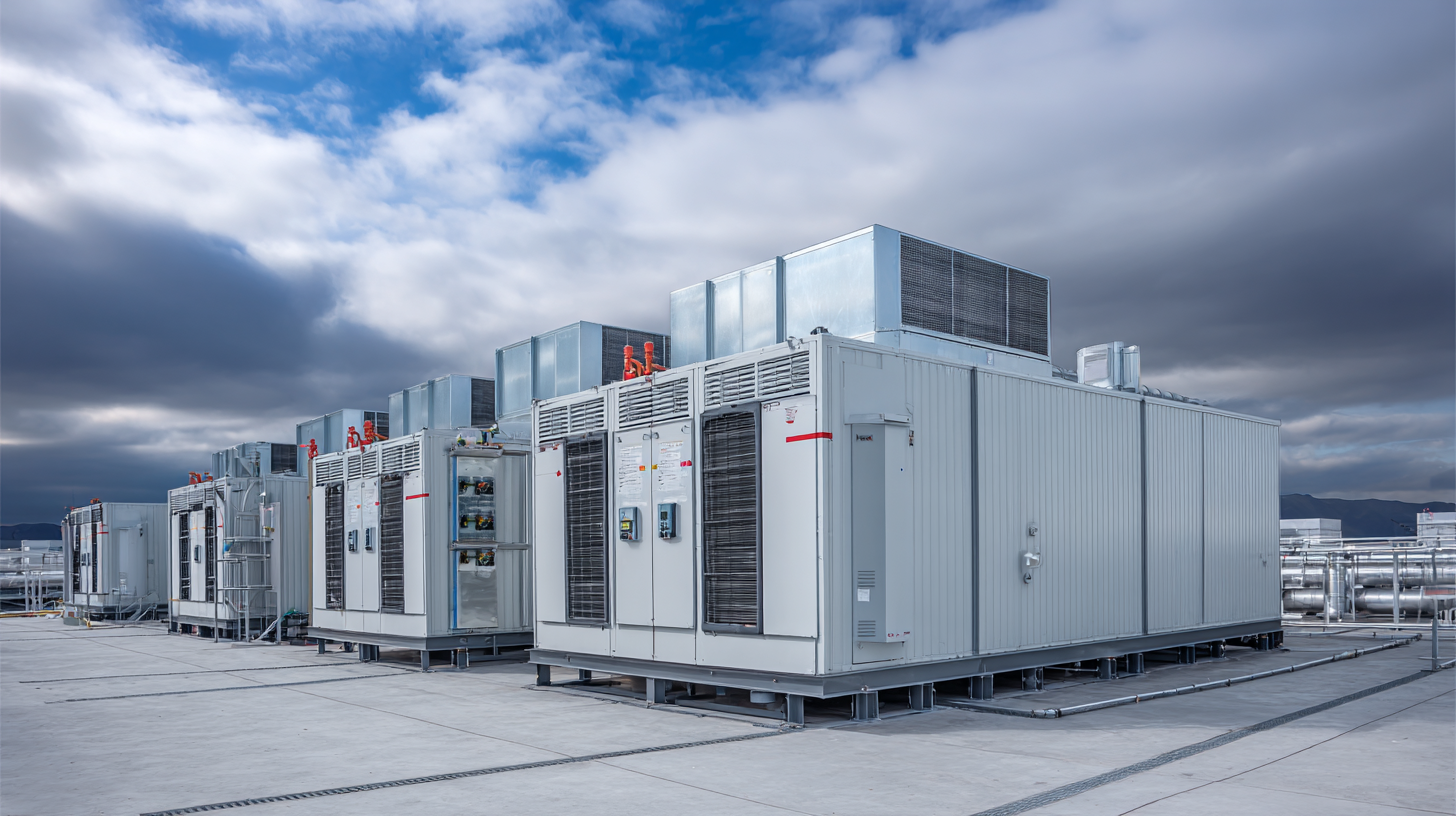
Concurrently, the HVAC control market is expected to exceed $24.44 billion by 2025, spurred by the rising adoption of smart thermostats, which is anticipated to propel the market with a robust CAGR of 10.2%. By 2035, revenues in this sector could soar to over $64.55 billion. Additionally, the global HVAC systems market is projected to surpass $240.91 billion in 2025, benefiting from the integration of Internet of Things (IoT) technologies, leading to a CAGR of approximately 6.5%. Collectively, these trends indicate a transformative period for the HVAC industry, emphasizing efficiency, energy savings, and advanced technology integration.
Sustainability in Industrial HVAC: Meeting Environmental Standards and Regulations
The quest for sustainability in industrial HVAC systems has never been more pertinent, especially with stringent environmental standards and regulations emerging globally. According to the 2023 Energy Efficiency Report published by the U.S. Department of Energy, HVAC systems account for approximately 30% of a building's total energy consumption. This highlights the critical need for industries to adopt more energy-efficient systems to reduce their carbon footprint.
Advancements in technology are making it feasible for industrial HVAC units to not only meet but exceed these evolving environmental standards. The report suggests that integrating smart controls and variable speed drives can enhance system efficiency by up to 15%. Additionally, new refrigerants with lower global warming potential (GWP), such as hydrofluoroolefins (HFOs), are being adopted more widely, offering compliance with the latest regulatory requirements while providing significant energy savings. By investing in these innovative solutions, industries can help fulfill their sustainability goals while also optimizing operational costs.

Related Posts
-
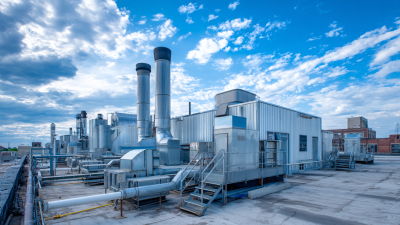
5 Essential Tips for Choosing the Best Industrial HVAC Companies
-

Understanding the Role of Air Handlers in HVAC Systems for Optimal Energy Efficiency
-

Top 10 HVAC Equipment Picks for Efficient Home Heating and Cooling in 2023
-
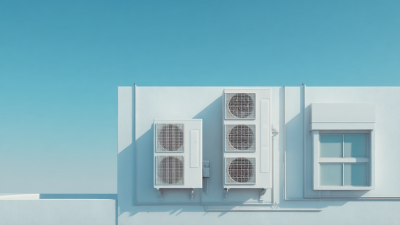
Unlocking Comfort: Exploring the Pros and Cons of Cheap HVAC Systems for Your Home
-
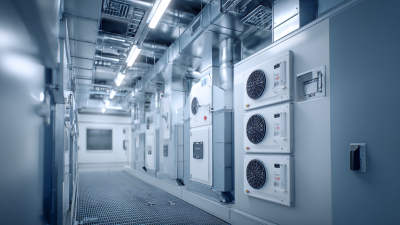
Understanding the Importance of Air Handling Equipment for Indoor Air Quality Safety
